Archive
Monthly Archives: September 2018
Monthly Archives: September 2018
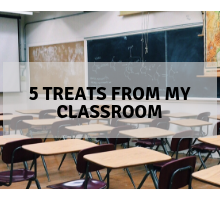
As I got ready to ‘go back to school’ this autumn, I found myself tempted to buy all-the-things. I work hard to control my spending impulses, after all, I already have too many things in my classroom. I don’t need anything more, really I don’t.
So this year, I decided that I would choose 5 things I used (or loved) the most in 2017. And so, here’s my list… enjoy!

Every teacher loves a post-it note, right?! Well, I ADORE post-it note tape (see below). I use this tape for a thousand things. I use it to move to-do items around in my planner; I put notes on my wall calendar; I use it to annotate texts; leave notes on students’ work and desks. As this tape is ‘tape-shaped’; it has the advantage of being smaller than a post-it note and it is sticky all the way across so there is no chance at all of it being lost!
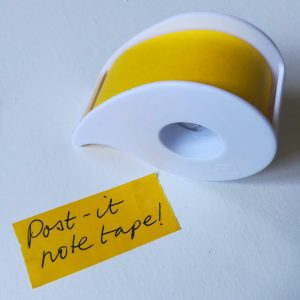
These are the links for post-it note tape:
UK link https://amzn.to/2AJAlXW USA link https://amzn.to/2M1W8ic
Please note these are affiliate links. You should know that this item will not cost you any more or less than it would if you found it through the usual search function. I do receive a small commission for anything your order using these links.
I know, I know, these paper clips are not entirely sensible. But I love these cute paper clips. I have 100s of them and use them for everything from tagging papers for grading together, to handing work back to students. There’s just something about using these paper clips that makes me smile.
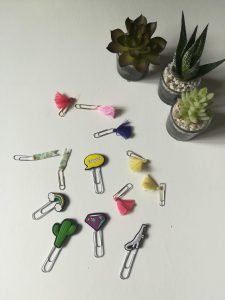
Here are a few of my favourite animal paper clips!
UK link https://amzn.to/2OMCvIF US link https://amzn.to/2Mx34nK
Most of the boards in my room are pretty static throughout the year. I use them to display work on particular ideas or texts we have studied but they don’t change regularly – partly because I don’t have time, mostly because they don’t need to. My students study texts for two years, so the information stays relevant.
However, I do have one board that I change every day. My wire mesh messageboard sits behind my desk and I like to use it to write funny messages for my students. I put up photos, memes, inspiration quotes, and amazing pieces of work. I also use it for our word of the day (today the word was ‘yield’) and for our debate topic of the day.
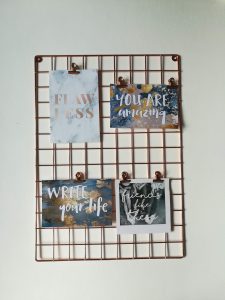
My message board is pretty small. If I bought it again, I would get a bigger one! Check these ones out…
UK link https://amzn.to/2vCSNfg US link https://amzn.to/2M1V8KY
If you follow me on Insta (find me here), it won’t come as a big surprise that one of my ‘essentials’ is a travel mug. I teach a lot of classes. Nine in fact. That’s a lot of talking every day. My ECO cups (yep, plural) are what keep me going. Especially now that it is getting cold and I am wanting warm drinks because the heating doesn’t work!
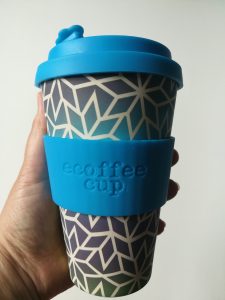
UK link https://amzn.to/2R8j0vV US link https://amzn.to/2zDZfpo
I use stickers a lot in my classroom. Yep, teenagers love stickers. I use them to track excellent written work, I put them on the back inside cover of the notebooks (so my teen boys don’t get embarrassed) and then I send a positive letter home for every 5 stickers.
So with approximately 220 students coming through my classroom each week, I get through a lot of stickers. And I mean A LOT!
Here are just a few of the stickers I’ve used already this year!

I buy stickers from all over the place. I am an expert at spotting super cheap ones wherever I can. Of course, occasionally that means Amazon is my friend. Here are my go-to online sets.
UK link https://amzn.to/2DEOF5E US link https://amzn.to/2zD4HJ7
I’d love to know what the essentials are in your classroom! Why not drop me a note in the comments below?!
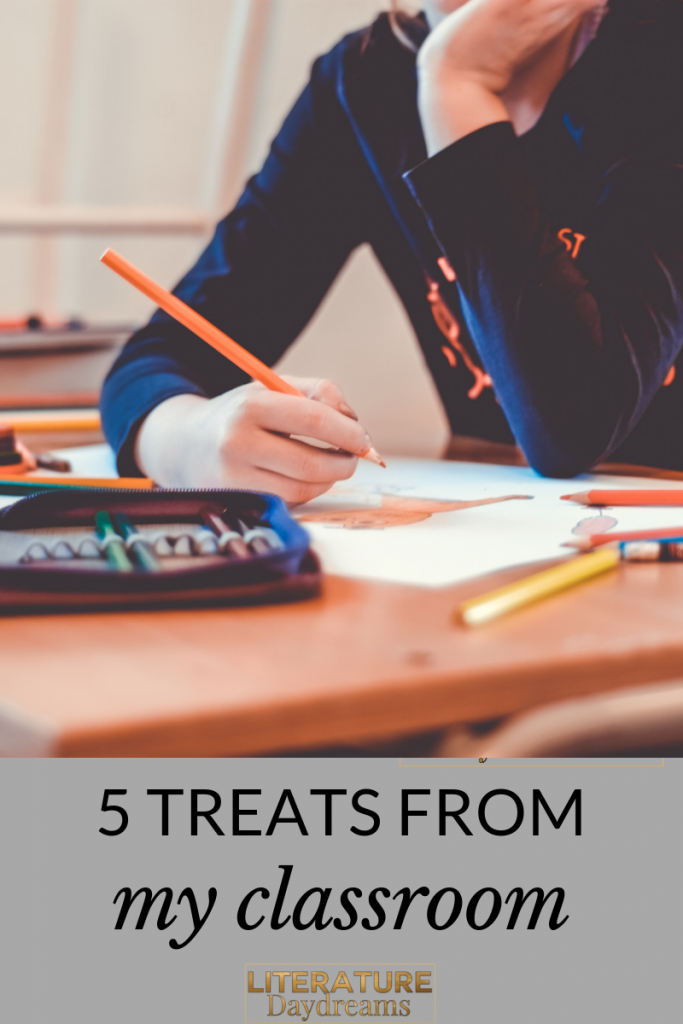

I always need new ways to generate deep and thoughtful debate with my students. This one, is one of my favourites. This activity is called ‘Kill the Question’ and works as a quasi-CSI style lesson where students investigate a ‘question’ and decide whether to ‘kill’ it or ‘resurrect’ it.

My senior Literature class needed to prepare for an extended essay by reviewing some great philosophers. So prior to this lesson, students had worked in groups to research and present on a specific philosopher, or a period of history that saw some great advances in philosophical thinking.
Kill the Question is based on CSI, students gather evidence that enables us to debate on something more than opinion.
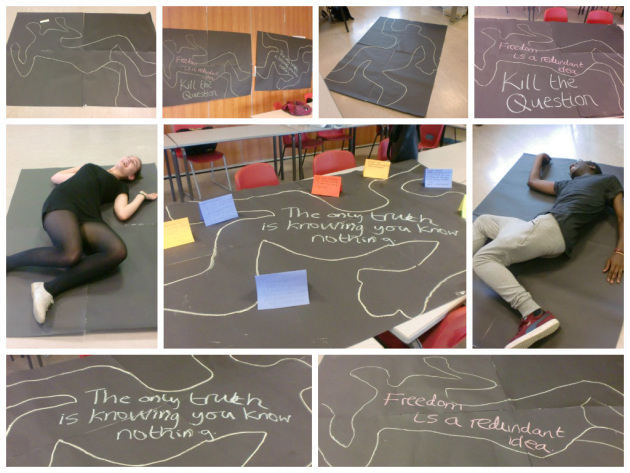
You can see from the image above that we “killed” two ideas: “the only truth is knowing you know nothing”, and “freedom is a redundant idea”.
Once I had introduced the 2 ideas, students returned to their philosopher research groups. I allocated each group cards of a specific colour. They then used their prior presentation work to create evidence for or against this idea.
The students’ evidence was placed around the idea. We then debated it from the standpoint of each philosopher, what they might say to “kill” or indeed “resurrect” this idea.
I found that my students were able to make extended comments because they had prepared. But more importantly, they were able to tackle with the nuances and subtleties in each idea. They weren’t just talking out of their own experience or their own opinion.
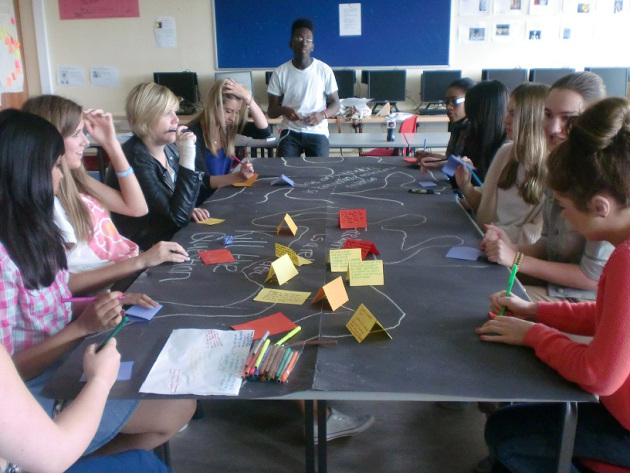
It was then that I realised I wanted to try this activity with my younger pupils.
Speaking and listening is no longer a tested skill for us, but it is so important to develop thinking (and communication) skills. I thought Kill the Question would also be a great way to get my students thinking in more depth about a novel.
After all, think of the connections that students could make – links to themes, character and setting, links to context, links to other texts and writers.
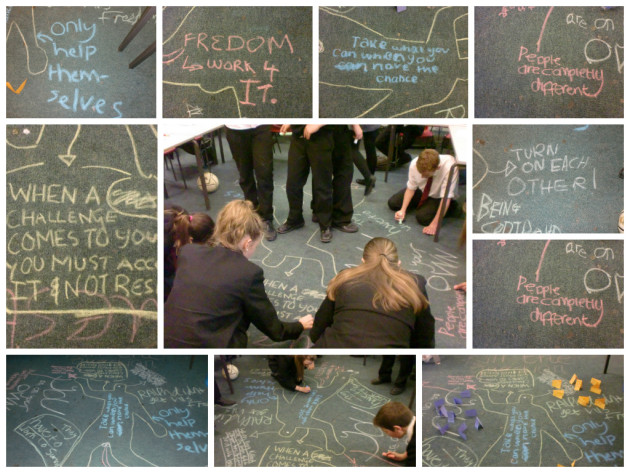
My year 9 students were studying Lord of the Flies and Battle Royale and we took the bold step of using chalk on the carpet in my classroom to create our debate bodies! Note – it did come off eventually, but only I after I scrubbed it…
The idea we killed this time was Malcolm X’s quote: “Nobody can give you freedom; nobody can give you equality or justice. If you are a man, you take it”.
This time students were given different colour evidence cards to represent a variety of approaches to this quote.
To begin I allowed students to write their “first response” to this idea on the carpet in chalk. Another learning point for me here: don’t even bother trying to discourage teenagers from making your dead body anatomically correct!. I was pleased and surprised that I got a full range of responses, not just what they thought I wanted to hear, but what they really thought.
After this, I put students into small groups and gave them each a non-fiction text that in some way added evidence to the idea. I had an in-depth article about the science of the murder gene, another on nature vs nurture, one on dictators and the world history of rebellion.
Students worked together reading this texts, summarising and annotating, then they chose evidence to support or oppose Malcolm X’s idea. Their evidence was placed on different colour cards and placed around the body.
We began to discuss it, we debated every piece of evidence we had gathered so far. Again the results were really encouraging, students were presenting real arguments using a variety of evidence. They had to acknowledge counter-arguments and justify their reasoning.
Finally, I have each student some green cards, I asked them to find evidence from either of the texts we were studying (most chose Lord of the Flies) or from the contextual evidence we had gathered about Golding and Takami. Again, we then together looked at each piece of evidence.
As a class, we weighed it against our own thinking, what we felt to be true and we created a collection we were happy with.
The additional end benefit of this entire activity was that my students had, in essence, planned out an essay. Our cards and debate record became a very detailed essay plan.

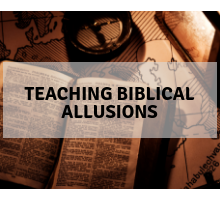
http://www.youtube.com/watch?v=eRVm_TAE24A
(Errr – don’t watch this if swearing offends you).
I’m from a very religious family. My step-dad is a former RAF Chaplain (and served in the Falkland Islands) and is now an itinerant vicar (which is not the same as what George and Lennie were); my brother is a vicar. I grew up steeped in religious tradition – from churches were the communion wine is golden to ones where they play guitars and dance. I am enduringly grateful for my upbringing. Not least when it comes to teaching literature. You see – I can spot a biblical allusion at 50 paces.
*The purpose of this introduction is to contextualise some of mild irreverence below.*
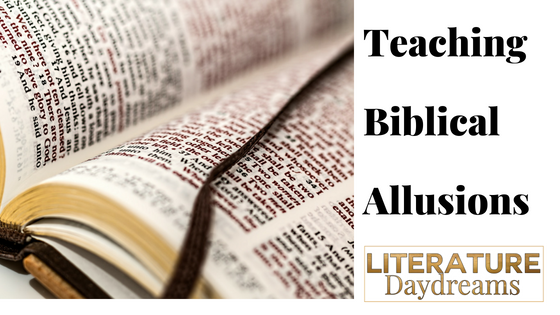
Have no clue about the Bible and why should they? Yet, this absence of knowledge results in pupils often struggling to identify and understand many of the deep running threads in literature.
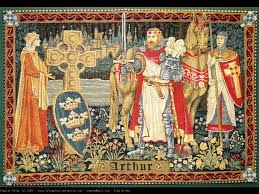
I often describe the need for deep subject knowledge as being like a tapestry – it is complex and interwoven, creating an overarching picture with mini-scenes within. Threads are drawn upon as needed but always remain embedded in and attached to the big picture.
Yet – if this tapestry is English literature – then much of what we study (if not all) was written in a time when religion and religious ideologies were key to moral and ethical outlook, social norms, thoughts on the creation of wealth, and society, and even the nature of life and death itself. Rightly or wrongly identity itself, for much of history, was shaped by religion.
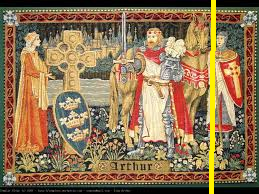
Some may disagree – but I would argue that religion was the predominant ideology of English Literature right up until World War I.
Thus over 700 years of written literature is interwoven into a tapestry where life and religion were twisted threads.
Therefore, to study, understand, and enjoy literature – knowledge of religion and the religious texts, such as the Bible, is essential.
It’s easy, as with all things historical context based, to bolt this knowledge onto a unit of work.
You’re teaching Great Expectations – you paraphrase the parable of the Prodigal Son.
The Lord of the Flies – well, that’s just one big Biblical allusion, although you could just summarise beginning of Genesis and then skip to the New Testament…
The Handmaid’s Tale – same.
Whilst this approach works for individual texts, it doesn’t allow students to develop an overall bank of knowledge that they can rely on. It robs them of the cultural knowledge that is part of our history, as well as our literature.
I like what ED Hirsch has to say in The Dictionary of Cultural Literacy (this is an affiliate link!):
No one in the English-speaking world can be considered literate without a basic knowledge of the Bible. … All educated speakers of American English need to understand what is meant when someone describes a contest as being between David and Goliath, or whether a person who has the “wisdom of Solomon” is wise or foolish, or whether saying “My cup runneth over” means the person feels fortunate or unfortunate. Those who cannot understand such allusions cannot fully participate in literate English.
Religious imagery (both positive and negative) pervades culture still. By only teaching what is needed to tackle one text, we are not weaving the tapestry.
My long-term goal is to create specific units of work that study ‘allusion’ in KS3, knowledge units that study Biblical knowledge as well as mythology from Greek, Roman, English heritage. Not just studying the stories but also studying representations of these stories, characters, and ideas throughout literature.
At the moment, I teach these as explicit, out-of-context starters in year 9. Whilst I am aware this isn’t ideal – I do feel that some knowledge is better than none, for now.
Here’s the list of biblical characters and stories that I teach, with some examples below:
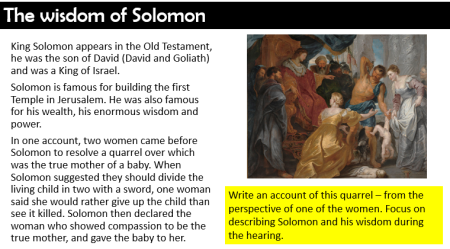
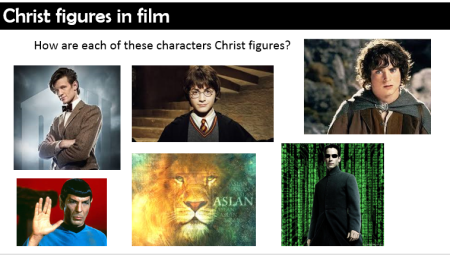
Also because Biblical allusion, among other things, is tested under the AP Literature curriculum – there are loads of fabulous sites that have lists of biblical phrases etc. I like this PDF because it has a bunch of useful literary, biblical and historical allusions.
What to test your knowledge of Biblical reference and allusion? Have a go at this BBC quiz!
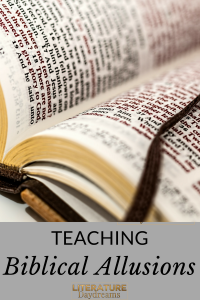
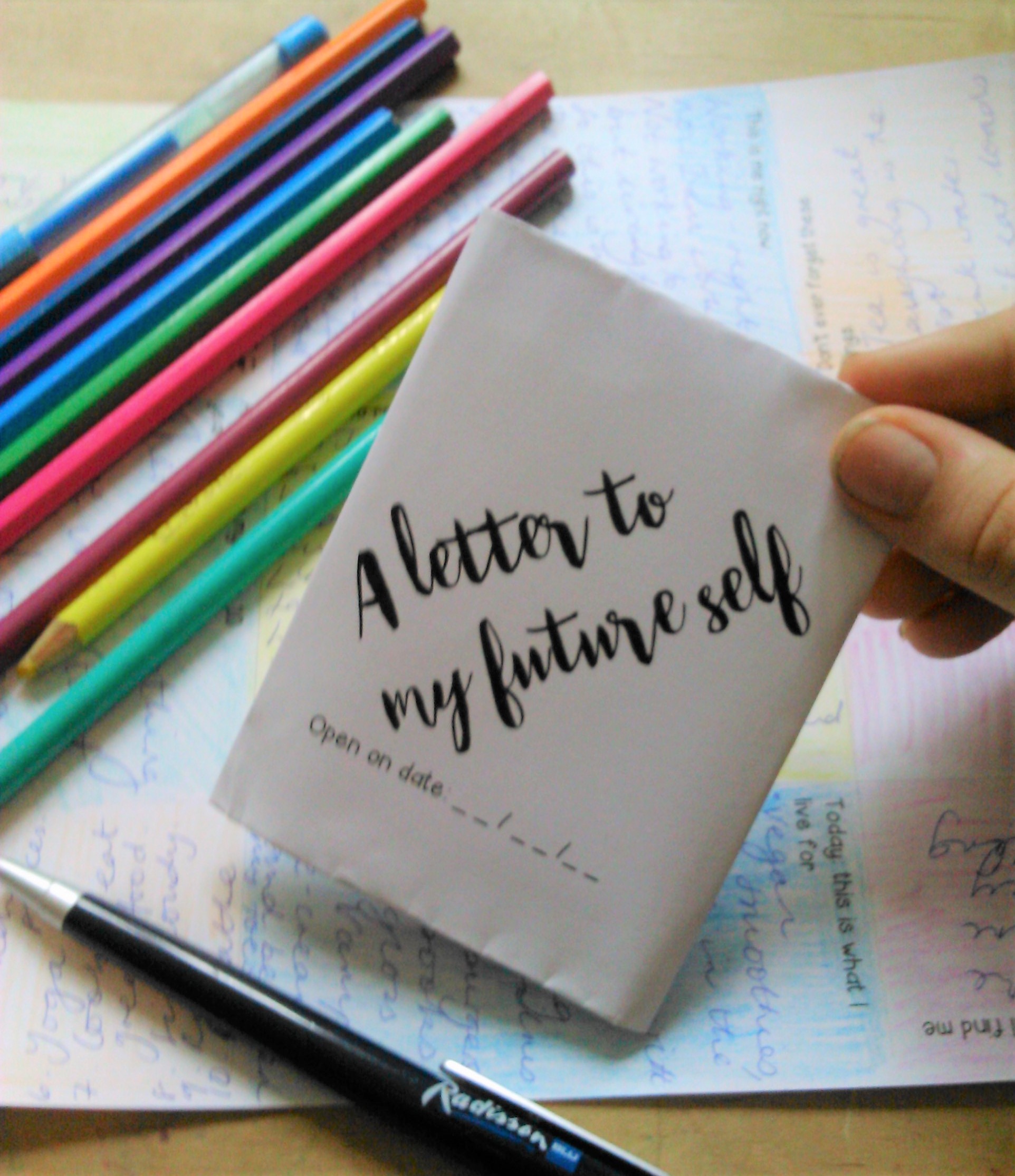
Sign up below to receive regular emails from me jammed packed with ELA teaching tips, tricks and free resources. Also access my free resource library!
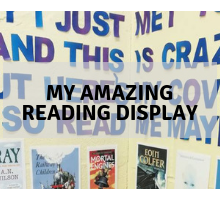
This gorgeous reading display is perhaps one of the best things I’ve added to my classroom in ages. And not just because I get to play Carly Ray Jepson songs in class… I cannot claim the idea is mine. But I do adore how it turned out! Here’s how I went about it and how you can swipe the download!
This week I updated the display in one pokey corner of my classroom. It’s one of those things that I had been meaning to do for a-g-e-s. But because the space was generally well hidden by the 5 tonnes of stuff I accumulated last year, it hadn’t been a high priority. Karma happens, though right? We had visitors in school and my classroom needed to be pristine. Or prestige, as my students would say!
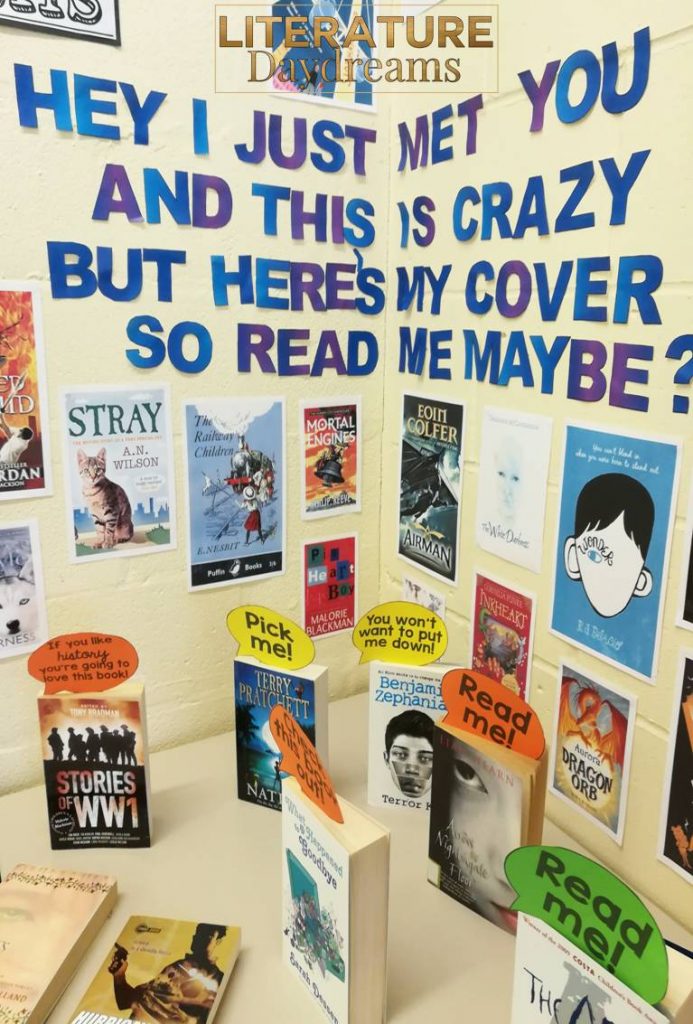
This cute rhyme is a play on Carly Ray Jepson’s song “Call Me Maybe”. All my students ‘got it‘ as soon as they saw the wall. They groaned and shook their heads, enjoying a moment of teenage indignation. I then asked them for their best book suggestions. So it’s their book recommendations, plus a few from my colleagues, that I placed around the rhyme! Read on to see how I made it and to swipe my files!
Before I get into the practical details – I wanted to give a shout out to the amazing Jessica Lawler from Joy in the Journey. Check out the ‘Read me!’ and ‘Pick me!’ labels in my books! Don’t you just l-u-r-v-e them!! They are also a sweet treat of free download, Jessica has them on her TpT store and you can download them for free >>here<<.
Ok, ok. I know what you want. Here is how you can get stuck into this in your classroom. It really is as simple as 1 – 2 – 3.
So all you need to do now is get the SWIPE file!

Love reading in your classroom with this fun reading display! Download your freebie now and click to receive regular ELA teaching tips, tricks, and ideas!
*I send emails with teaching tips, tricks, and free resources to my subscribers regularly. I value your privacy and you can learn more about how I handle your data in our private policy. You can unsubscribe at any time.
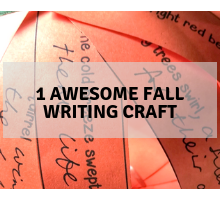
Did you love my Fall Writing Craft Activity as much as I did? Yes? Want to download the free writing prompts so you can use this craft activity straight away?
Just fill in your details below!

*I send emails with teaching tips, tricks, and free resources to my subscribers regularly. I value your privacy and you can learn more about how I handle your data in private policy. You can unsubscribe at any time.